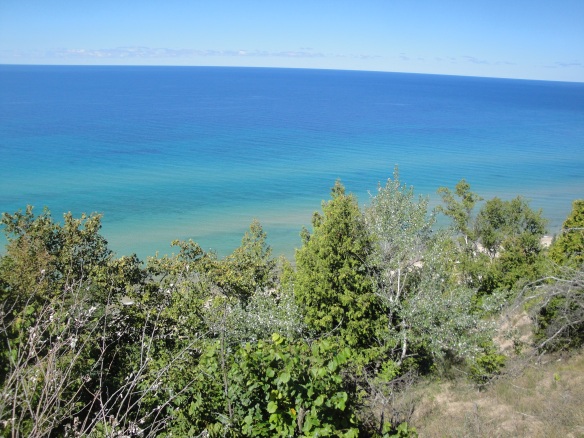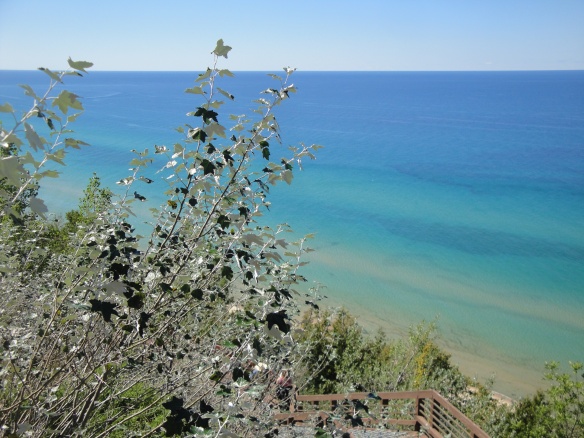 “The world today is sick to its thin blood for lack of elemental things, for fire before the hands, for water welling from the earth, for air, for the dear earth itself underfoot. In my world of beach and dunes these elemental presences lived and had their being, and under their arch there moved an incomparable pageant of nature and the year.” – Henry Beston
“The world today is sick to its thin blood for lack of elemental things, for fire before the hands, for water welling from the earth, for air, for the dear earth itself underfoot. In my world of beach and dunes these elemental presences lived and had their being, and under their arch there moved an incomparable pageant of nature and the year.” – Henry Beston
One of my favorite books is The Outermost House: A Year of Life on the Great Beach of Cape Cod by Henry Beston. I love imagining the stretches of beach and marshlands that Beston called home, seeing all the changes from season to season, hearing of wild places far from civilization.
For a while now, I’ve wanted to visit the site of the Outermost House but wasn’t sure exactly where it was located. There hasn’t been anything there since a massive storm, the Blizzard of ’78, destroyed the wooden shack and carried bits of it off into the ocean. Still, I wanted to go there to experience some of the beauty to be found, to sit near the site and soak in the poetry of the place.
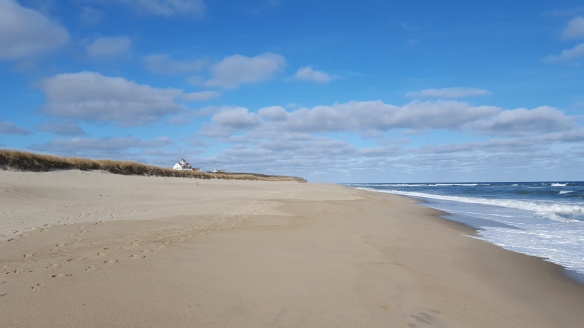
The site is about two miles from the Eastham Life Saving Station (white building above). Thanks to the Cape Cod National Seashore, I figured the area would look pretty much the same as when Beston stayed there in the 1920s. The Outermost House is credited with being one of the motivating forces behind the creation of the National Seashore, preserving 40 miles along the Atlantic coast.
While flipping through a book on Cape Cod hikes, I saw a map that showed the exact site of the Outermost House as an X on the beach. It looked like a treasure map. I knew then that I had to find it.
We set out from the life saving station. It seemed like the X marking the treasure would be easy to find. According to the map, the site would be on a beach and directly across a marsh from an observation pavilion.
We trudged through the sand, looking for the pavilion. But before we could stand across from it, an inlet opened up in front of us, a wide, deep inlet complete with waves that stretched from the ocean into the marsh. The inlet blocked our way to the treasure.

We stared across the channel to a beach that looked more like an island. The inlet hadn’t been there when Beston lived there. It wasn’t even on the map showing the hike, but it made the Outermost House site inaccessible.
Large rocks on the island beach moved. Then we saw heads bobbing through the inlet waves. Seals swam and played, oblivious to us and our quest for treasure. We realized that seals completely covered the beach and the area where the Outermost House once stood.
So we didn’t make it to the treasure. Or did we? As we walked away, we knew that the treasure is in knowing there are still places like this, places where seals can play, inaccessible places where nature can flourish. We were glad then that we couldn’t get to the site and that only seals could visit.
Have you read The Outermost House or anything that’s made you want to go on a treasure hunt?

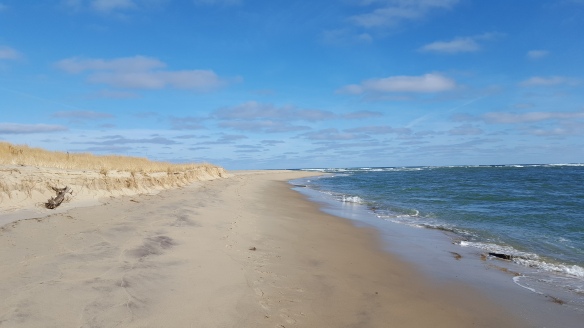









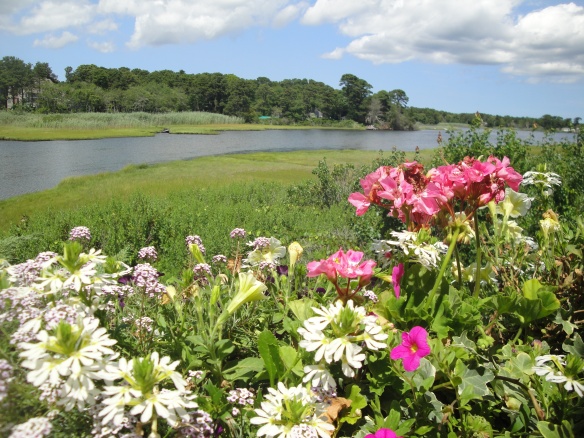




 When the snow is up past your knees and you can’t open the door, then all you can do is stay in and read. That’s why I love the snow.
When the snow is up past your knees and you can’t open the door, then all you can do is stay in and read. That’s why I love the snow. We see and feel the city, the people bustling by, and the boy there in the middle of it all. While others think of war as abstract, he breaks it down to individuals. He sees their faces caught up in something large and monstrous. Toward the end, he still manages to find beauty in it all:
We see and feel the city, the people bustling by, and the boy there in the middle of it all. While others think of war as abstract, he breaks it down to individuals. He sees their faces caught up in something large and monstrous. Toward the end, he still manages to find beauty in it all:




